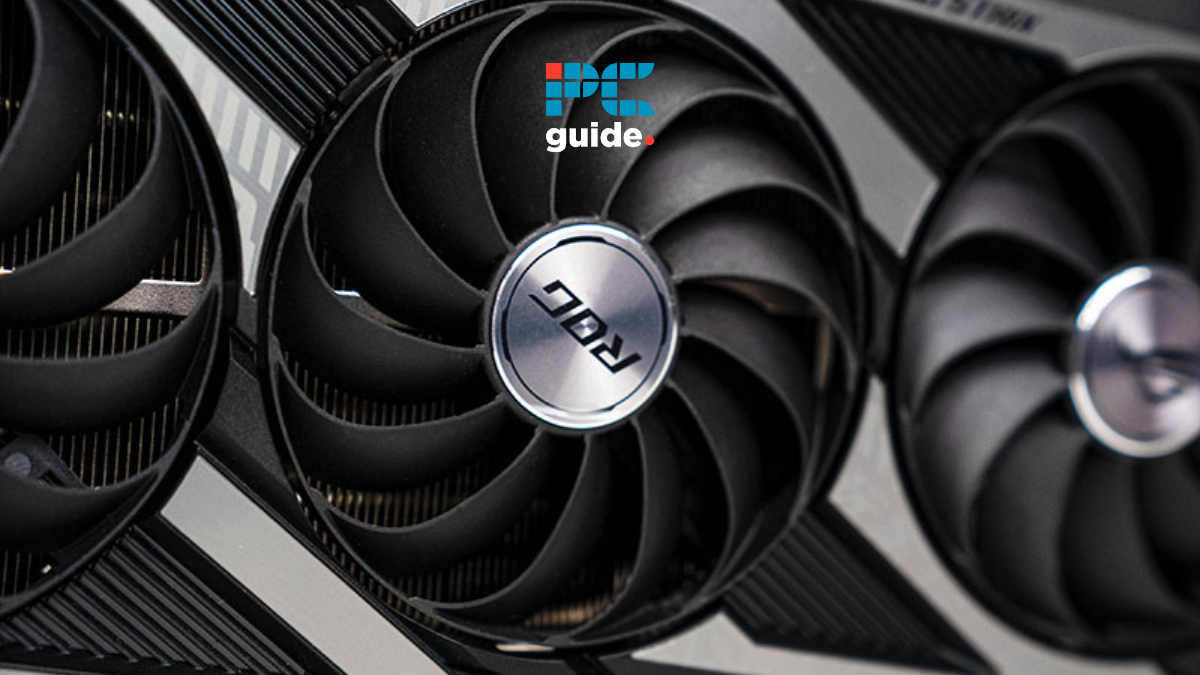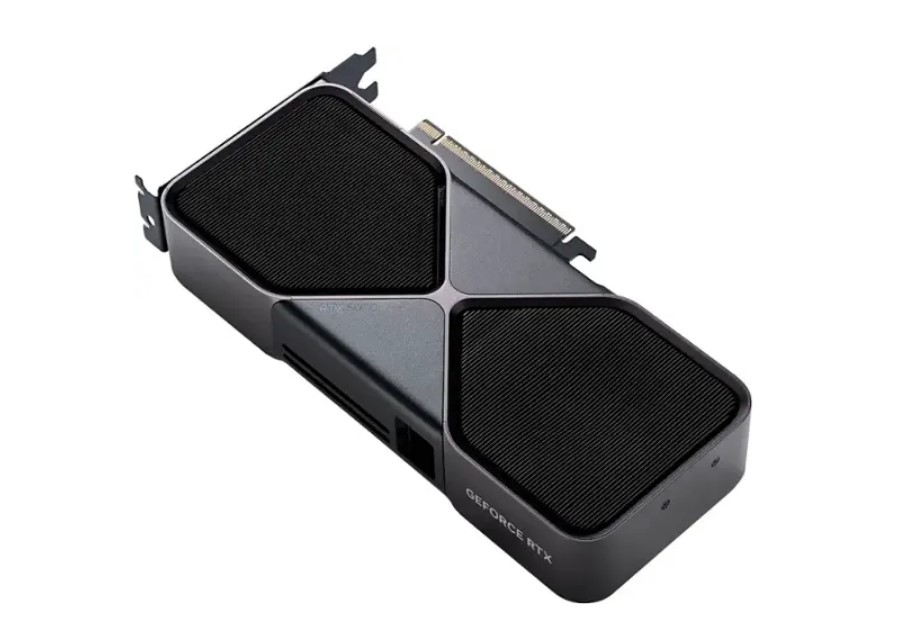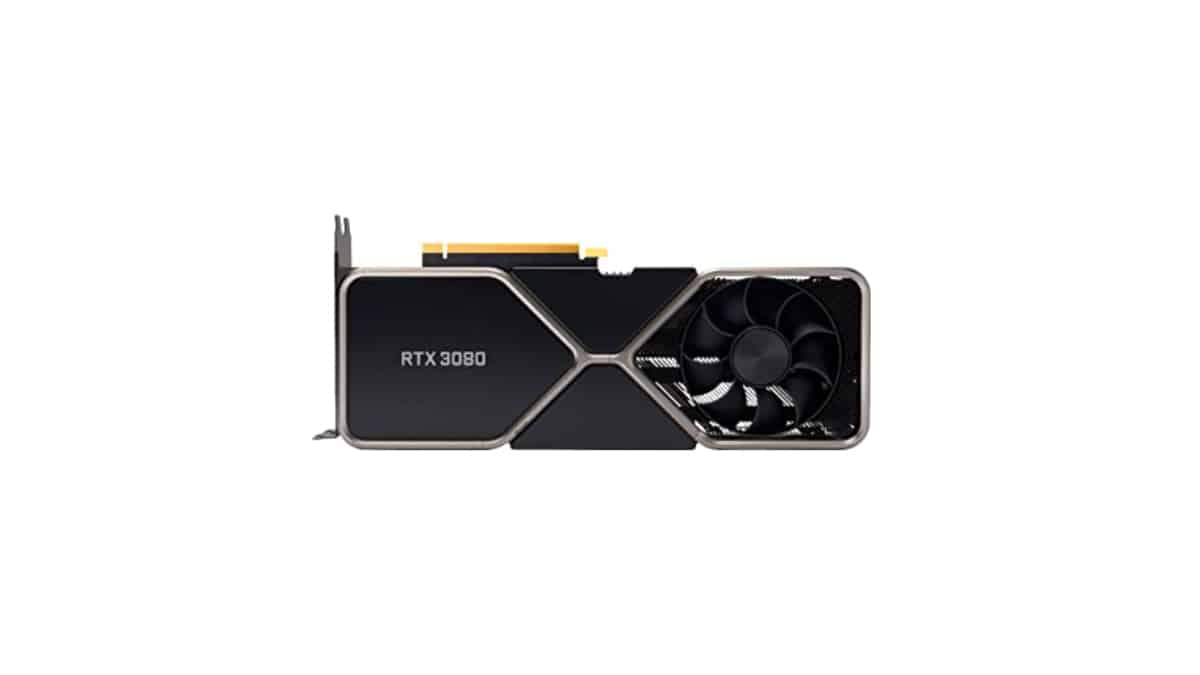RTX 5070 vs RTX 3080 specs comparison – how do they compare?

Table of Contents
With many years since the Ampere release, there have been plenty of improvements in hardware for graphics cards. That’s why you might be interested in finding out how the RTX 5070 and 5070 Ti compare to the RTX 3080 from so many generations ago. The RTX 5070 Ti has been released, and its reviews have flooded in with praises of its 1440p and 4K performance; however, many are disappointed with the improvements it has brought with it.
While the RTX 5070 has been delayed, the performance benchmarks of the RTX 5070 Ti can give us a good idea regarding what to expect from it, and judging by what we’ve seen, the RTX 5070 cannot match the RTX 4090, as claimed by Nvidia. Multi-Frame Generation and DLSS 4 are the only ways in which it can compete with the RTX 4090, but the fact remains that it is outclassed in raw and synthetic performance.
Prime Day may have closed its doors, but that hasn't stopped great deals from landing on the web's biggest online retailer. Here are all the best last chance savings from this year's Prime event.
- Sapphire 11348-03-20G Pulse AMD Radeon™ RX 9070 XT Was $779 Now $719
- AMD Ryzen 7 7800X3D 8-Core, 16-Thread Desktop Processor Was $449 Now $341
- Skytech King 95 Gaming PC Desktop, Ryzen 7 9800X3D 4.7 GHz Was $2,899 Now $2,599
- LG 77-Inch Class OLED evo AI 4K C5 Series Smart TV Was $3,696 Now $2,996
- AOC Laptop Computer 16GB RAM 512GB SSD Was $360.99 Now $306.84
- Lexar 2TB NM1090 w/HeatSink SSD PCIe Gen5x4 NVMe M.2 Was $281.97 Now $214.98
- Apple Watch Series 10 GPS + Cellular 42mm case Smartwatch Was $499.99 Now $379.99
- AMD Ryzen 9 5950X 16-core, 32-thread unlocked desktop processor Was $3199.99 Now $279.99
- Garmin vívoactive 5, Health and Fitness GPS Smartwatch Was $299.99 Now $190
*Prices and savings subject to change. Click through to get the current prices.
That being said, we look forward to more of the RTX 50 series cards coming out, but we are not exactly hopeful about how well the stock and price will hold true. Considering the RTX 5090 and 5080 have been out of stock since their release, it doesn’t bode well for what’s to come for the rest of the range. Without the RTX 5070 Ti having a Founder’s Edition, it may be hard to find the card for the retail price even before any scalping and selling out.
That also might explain the RTX 5070 release being delayed into March as it stocks up with more cards, but considering it’s the card with the least demand, that might not be necessary after all.
For now, we see how well it and the RTX 5070 Ti can compare. With the Ti reviews out, we get a look at the performance it can achieve and how much it has improved with those generations compared to the RTX 3080. That’s all while we wait to get our hands on our testing lab to see how well it does.
Spec comparison
We’ve listed their specifications below to see the hardware difference between the two processors.
| Specifications | RTX 5070 | RTX 5070 Ti | RTX 3080 |
| Cores | 6144 | 8960 | 8960 / 8704 |
| Base clock speed | 2.16 GHz | 2.3 GHz | 1.26 / 1.44 GHz |
| Boost clock speed | 2.51 GHz | 2.45 GHz | 1.71 GHz |
| Memory | 12GB GDDR7 | 16GB GDDR7 | 12 GB GDDR6X / 10 GB GDDR6X |
| Memory interface | 192-bit | 256-bit | 384-bit / 320-bit |
| Bandwidth | 672 GB/sec | 896 GB/sec | 760.3 GB/s |
| TDP | 250W | 3002 | 350 / 320 |
| Power connector | 2x PCIe 8-pin cables or 300 W or greater PCIe Gen 5 cable | 2x PCIe 8-pin cables or 300 W or greater PCIe Gen 5 cable | 2x PCIe 8-pin |
| Release date | March 2025 | February 2025 | September 2020 |
Core count and clock speed
The RTX 5070 has 6,144 CUDA cores, while the RTX 3080, 10, and 12GB variants have 8,960 and 8,704 CUDA cores, respectively. This is a difference of 2,816 and 2,560 cores, which puts the RTX 3080 on top in terms of hardware.
However, each RTX generation features newer RT and Tensor cores, which is the same for CUDA cores. So, even though it has fewer cores than the RTX 3080, it might be able to trade blows with it in raw performance.
In addition, it comes with enhanced AI technologies, which should give it the edge over the 3080. The clock speeds are also favorable for the RTX 5070 as it has a 2.16 and 2.51 GHz base and boost clock speed while the RTX 3080 10GB has a 1.26 GHz base clock, the 12GB has a 1.44 GHz base clock, and both share a 1.71 GHz boost clock speed.
One could argue that this difference can be bridged by overclocking the GPU; pushing the 3080 to cross the 2.00 GHz mark at the base would be too much, but probably not impossible under the right circumstances that would keep it from thermal throttling. However, for an everyday user, pulling that off would be difficult.
That being said, we can't ignore that the RTX 3080 has more cores to pull the heavyweight, and ultimately, I think we might see the RTX 5070 and 3080 clash in terms of performance.
Memory
A significant difference between these GPUs is the memory type and, for one variant, the memory capacity. The RTX 5070 has 12GB GDDR7 VRAM, while the RTX 3080 has 10 and 12GB GDDR6X VRAM.
While the difference is only 2GBs at max, the main factor is the memory type. GDDR6X has a maximum per-pin speed of 24GB/s, while GDDR7 takes it to the next level with 32GB/s. So, this means that compared to both 3080 variants, the RTX 5070's memory should give it the edge in performance as it can handle the same amount of data but at a much faster rate, meaning better performance and efficiency.
So, judging by this, we think the RTX 5070 should be able to compete with the RTX 3080.
Memory interface width
The memory interface width determines how much data can be transferred with each clock cycle. For example, the RTX 5070 has a 192-bit connection, meaning it can transfer 192 bits of data in each clock cycle at maximum; any more than that will cause a bottleneck.
So, if there is an influx of data but the memory interface width can't accommodate more, it'll slow down the GPU performance, but this is unlikely to happen. That being said, the RTX 3080 has a 384-bit / 320-bit memory interface width, meaning it can handle 384 or 320 bits of data in each cycle. This means it should have a better output and efficiency as more data can easily travel to and from the GPU.
Hardware differences like these most likely can't be overcome with software, as it won't help push more data where there is a physical limitation, so the RTX 3080 wins in this domain.
Performance
When it comes to the performance, we have yet to get hands-on with the new 50 series cards, but we have plenty of other reviews to go off when it comes to the 5070 Ti. Using those to comapre to the RTX 3080 while we wait for our card and the 5070 to release.
In these reviews, we see the RTX 5070 Ti leads the RTX 3080 by around 31% on average at 1080p, at 1440p, that increases to a lead of 33%, and at 4K, that extends to 34%. The greater VRAM and improved architecture clearly giving the Blackwell card the advantage in getting a great framerate.
Especially when it comes to getting the most out of nothing. Even the 5070 Ti struggles to get the max out of some games like Cyberpunk 2077, where it averages 33 FPS at 1440p without any assistance. Instead, relying on frame generation to boost it even more, such as the 2x mode 109, with the 4x mode upping it to 196.
At 4k, it’s even more prolific, as the 5070 Ti averages 15FPS with no assistance, instead rising to 59 with 2x MFG and 110 with 4x. In comparison to another review, the 3080 falls behind 33% at 4K on a more sensible and playable setting where the 5070 Ti gets 60FPS on average compared to 40.
DLSS and Reflex
DLSS and Reflex are two technologies that both GPUs share and work to deliver a smoother and better gaming experience. However, the RTX 5070 has the edge with DLSS 4, which will be available for previous-generation cards and Multi-Frame Generation.
This most likely gives the RTX 5070 a performance good enough for Nvidia to claim that it can deliver the same performance as the RTX 4090. Currently, the RTX 3080 has DLSS 3.5, which, in Nvidia's video, increased the FPS in Cyberpunk 2077 from 27 FPS to 141 FPS.
However, DLSS 4 increased it to 243 FPS, more than 100 FPS from DLSS 3.5. This technology renders frames at a low resolution, which doesn't put much stress on the GPU, and then upscales them to a higher resolution using AI.
As for Reflex, it is a technology that reduces the system latency for better responsiveness. However, on launch, all the RTX 50-series GPUs will feature Reflex 2, and like DLSS 4, the other cards will get it later on. Reflex 2 introduced Frame Warp, which further decreases the latency by warping the pixels; let me explain what this means.
When you input any instruction while playing the game, such as moving your character, interacting with a door, or moving your mouse around, it takes time for that action to be displayed on the monitor. While that time frame is so small that it doesn't affect regular users, it can spell victory or defeat for competitive gamers.
So, in Reflex 2, when you perform an action, the CPU calculates the next frame that'll be displayed based on that. The pixels are shifted in advance to reflect that subsequent frame, and to ensure that there isn't any discrepancy, it waits till the last moment for the GPU to render the most recent frame to use as a reference.
However, this can cause issues such as tearing or holes in the frames. To counter that, Reflex 2 has something called inpainting, which uses prior frames, color, and depth data to fill these holes so that all you see are complete frames with a lowered latency. Nvidia has an excellent video that explains and showcases this technology working in-game, and we definitely recommend checking it out.
RTX 5070 vs. RTX 3080 – price comparison
The RTX 3080, in the 10 GB and 12GB variants, launched at $699 and $799, respectively. The RTX 5070, in contrast, has an MSRP of $549 with the 5070 Ti going for $749. However, if you're looking for a new RTX 3080, you might run into some trouble unless you're willing to purchase renewed options from Amazon.
We found this EVGA GeForce RTX 3080 FTW3 Ultra Gaming on Amazon for $648.99, but there doesn't seem to be any stock for the RTX 3080 at Best Buy. On the other hand, the RTX 3080 Ti is more readily available in new condition on Amazon but has a $800 – $900 price tag.
Newegg also has more options for the RTX 3080 Ti, and the one we found was an MSI RTX 3080 VENTUS 3X 10G for $588.99, but it is refurbished. However, all hope isn't lost, as the Nvidia Marketplace has a Zotac RTX 3080 TrinOC available for $1,115.54, which for a four year old card is just absurd.
So, we recommend going for the RTX 5070 or 5070 Ti as it features better technology, has the latest generation cores, and have 12GB and 16GB of VRAM, the same and more as a high-end RTX 3080 but with GDDR7. To top it off, the founders edition costs $549, and while third-party variants cost more, you can go for a PNY, ASRock, ASUS TUF, or Gigabyte GPU that are relatively less expensive compared to ASUS ROG Strix or MSI variants.
Early impression
After taking a close look at both GPUs, it seems like the RTX 5070 will offer the same performance as the RTX 3080, meaning solid FPS at 4K; however, DLSS 4 and Multi-Frame Generation will give it a significant edge in gaming, which the RTX 3080 won't be able to compete with.
Besides that, investing in an RTX 3080 doesn't make sense as a new card costs $1,000+, and even renewing for refurbished options costs more than the RTX 3080. If you were to spend more than $1,000 on a card, we'd recommend you go for the RX 7900 XTX, which can compete with the RTX 4090 in gaming.
However, if you can wait, we recommend doing that for the RTX 5070 as real-world performance benchmarks will also give you a clear idea of whether the RTX 5070 is worth investing in or should you go for some other option. We'll also be testing it in-house so check back with us for the best and latest.


